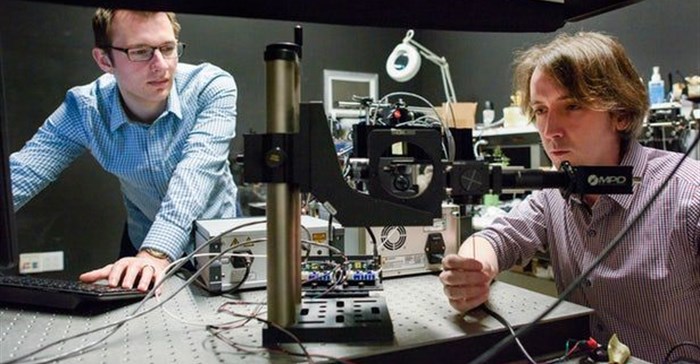Laser system may let autonomous vehicles see around corners

In order to image objects beyond direct line-of-sight, the technique involves bouncing laser pulses around a corner, off the desired object and back. A highly sensitive sensor captures the returning photons of light, an algorithm analyzes them and the end result is a fuzzy snapshot of something lurking just out of sight.
In future, the researchers plan to work on speeding up the scans, improving the system's ability to work in daylight and detect moving objects.
The research was published in the journal Nature. The team describes the project in the video below.
Source: Stanford
Continue reading the full article on New Atlas.
Source: New Atlas

New Atlas is about the amazing potential of human endeavour. From DNA-scanning smartphones to the latest advances in autonomous transport, New Atlas examines how new discoveries, products and technological innovations affect our ability to interact with and understand the people around us and the world we share.
Go to: https://newatlas.com/







